Volvo Marshals Hype And Humility On The Electric Car Precipice
Volvo has big plans to go electric but, as Kermit the Frog so memorably sang, "it's not easy being green." The new C40 Recharge is an early step in the Swedish automaker's aggressive roadmap to ditch internal combustion entirely by 2030, but its handsome four-door coupe styling wraps around some of the big underlying challenges that Volvo hopes time, patience, and a little marketing magic will hopefully address.
The 2022 C40 Recharge certainly looks the part. Sibling to the XC40 Recharge crossover, yet borrowing some of the rakish aesthetics of its not-too-distant cousin, the Polestar 2, the car has some genuinely charming design elements like the distinctive rear light clusters. It should also, Volvo being Volvo, score highly when it comes to safety.
Where things get a little shakier are when you do the inevitable comparisons with other electric cars, either on the market today or due in the near future. Price, range, and charging support are the three key metrics there, and though Volvo is yet to talk dollars, in the other two categories it has some explaining to do.
It's fair to say that, when the XC40 Recharge got its official range number from the US EPA, there was some disappointment. Expectations had already been lower than initial the 249+ mile estimates for the WLTP cycle – which tends to be more flattering to EVs than the US' testing routine – but the 208 miles the electric crossover was finally rated for still came as a surprise, given the not-insubstantial 78 kWh battery pack.
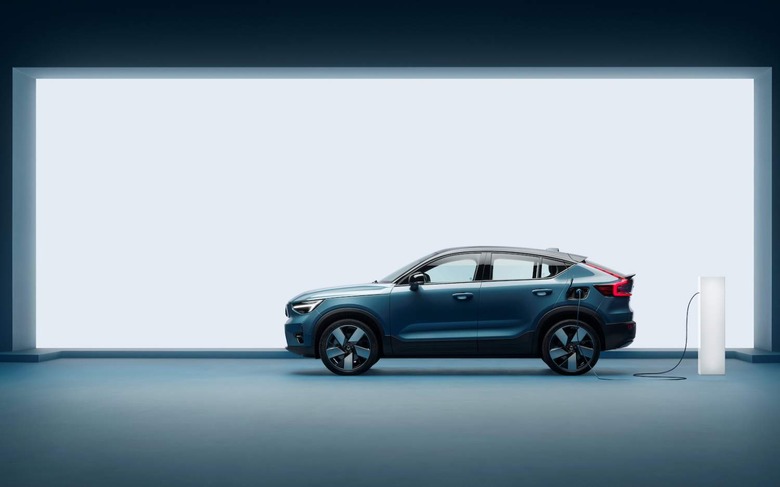
The bad news is that would-be C40 Recharge drivers shouldn't expect much of a change there. We're still some way from having the official range numbers for the new EV, but Volvo's preliminary estimate is around 210 miles, or basically in line with what the XC40 Recharge could manage. No great shock, really, given the underlying architecture and platform of the two cars are the same.
There's a mixture of defiance and realism within Volvo about just how competitive that leaves their cars. 78kW is "the right amount" for an EV, brand manager Joe Haslem insists, arguing that not only is the C40 Recharge "a second car primarily, for urban, suburban driving" but that the EPA numbers aren't necessarily reflective of what the BEV can do.
"Range is different based on the testing cycle. We're optimized for the WLTP cycle," he points out. "If you kink the system and develop it also for the EPA cycle, you can get a car with a higher rating but actually has less usable range ... We're going to be better than some cars which have a higher rating than us from the EPA."
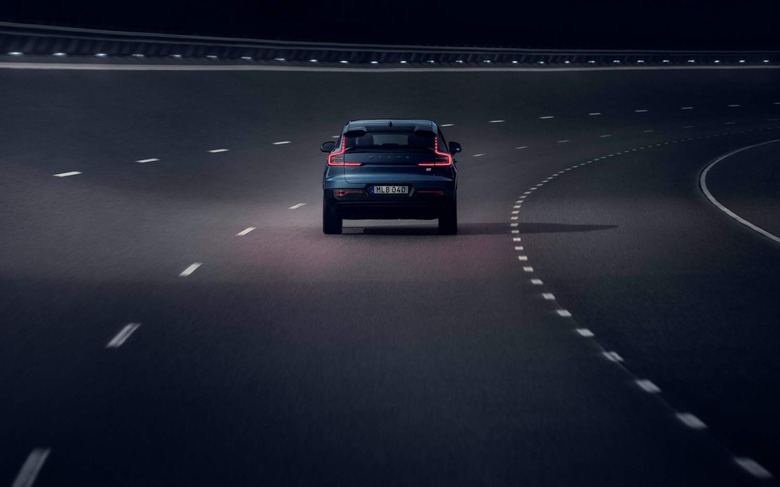
Certainly, Volvo wouldn't be the first automaker to criticize the EPA's methods as unreflective of real-world use. All the same, there's a recognition elsewhere in the company that stubbornly insisting that it is expectations which should change – not vehicles themselves – isn't a long-term strategy.
"I think that there are some things that are purely physics and some things that are a great opportunity to work with," Henrik Green, chief technology officer at Volvo, agrees. "We're still looking at quite a chunky car ... It has quite broad tires. This is our first iteration of a pure EV, this is our first generation out."
"From now on we will obviously work with improvements, both on these cars [via OTA updates and] at the same time, we are also in parallel working with our second generation of pure EVs." That'll be SPA 2, the upcoming new Volvo platform "where we will also introduce our second generation of batteries, our second generation of heat pumps, our second generation of e-machines, that will be made, or be developed in-house," Green says. "Here is part of the learning process for us, it's no longer a world where you can buy off the shelf parts and make a cutting-edge solution."
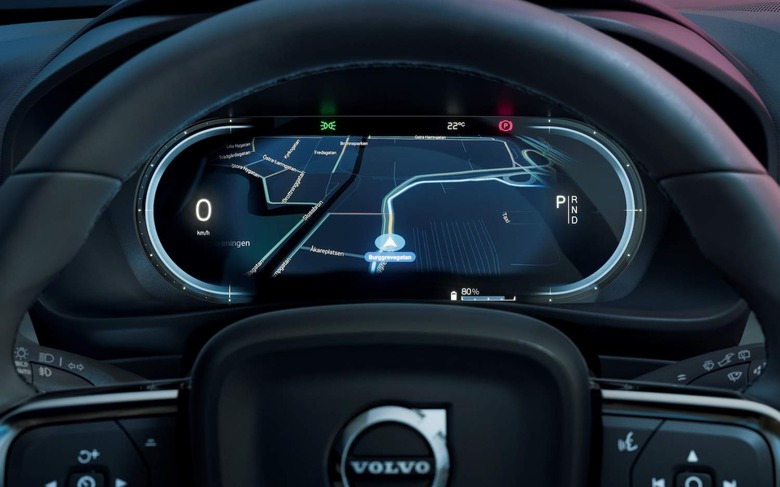
That duality of what's possible today and what hopefully is coming further down the roadmap stands for charging, too. Volvo still has no plans to build its own charging network – "we are not so naive," Anders Gustafsson, head of Volvo Car Group in the Americas, insists, "we are more into partnerships" – and will instead continue working with third-party providers. In the US, that means ChargePoint, though exact details on how that will differ from what any EV owner can sign up to with a free account is yet to be explained.
Still, the decision to limit DC fast charging support to 150 kW is a controversial one. "Putting 300 [kW] is a waste of capacity because it can never be used," Volvo's Haslem argues. As chief technology officer, Green is a little less strident.
"You can go back to the time when we decided that," he says, "at that point in time 150 [kW] was probably the best that was out there." As it stands, several of the larger networks in the US – including ChargePoint and Electrify America – have 300+ kW DC fast chargers available, with many more on the roadmap.
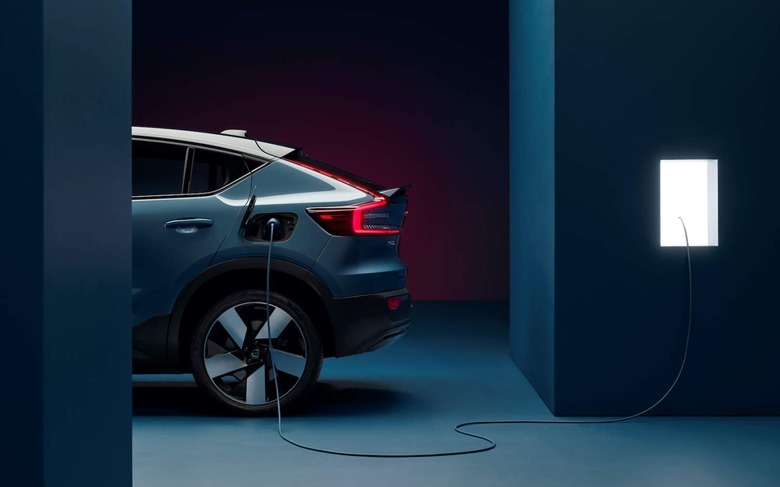
"I would also say that 150 [kW], there are faster chargers out there and we will go there in our second generation with more hardware capability," Green concedes. "The access to the chargers are still the bottleneck, we lack that in Europe compared to the US."
All the same, there's still room for improvements even if you don't support the very fastest DC charging rates on paper. "You are very rarely at the peak of your power as you're charging," Green points out. "How do you improve, that you extend as much as possible, the charging level with [that] 150 kW?"
We've seen an early example of that sort of tweaking over at Polestar, which recently began pushing out an OTA update for the Polestar 2 that – among other changes – massaged DC fast charger performance. Along with nudging the BEV's maximum charging rate from 150 kW to 155 kW, the new software also promises to bring the Polestar 2 to its peak charging rate more rapidly, and hold it there for longer, thus maximizing efficiency during the time you're plugged in.
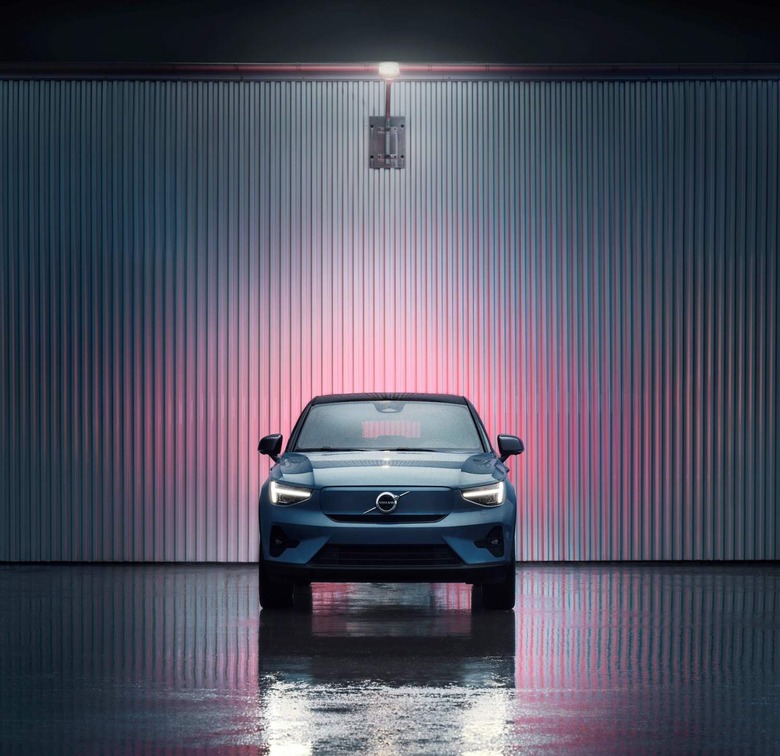
Though Volvo is opening early placeholder reservations for the C40 Recharge in the US from today, we're still a long way from vehicles actually going on sale and being delivered. Production isn't expected to begin until the end of this year, and pricing will be confirmed closer to that point. The first customer cars are expected in the US sometime in Q1 2022.
That's a long way off; according to Henrik Green, part of the reason for this very early unveil is to focus the minds of the Volvo workforce and make clear that they're "dedicated for electric drive" and the transition ahead. You don't need to be a pessimist to point out that the intervening time will not be more generous to the C40 Recharge's specifications.
"We know that everyone is monitoring our investments into electrification," CEO Anders Gustafsson acknowledges, "so we feel an even higher pressure that this needs to be a great car." And certainly, there's plenty to like about this return of the C-Series, from the leather-free interior, the care package that will see all owners get wear & tear items (bar tires) covered for the first five years of the vehicle, and the excellent – and still rare – Android Automotive OS infotainment system.
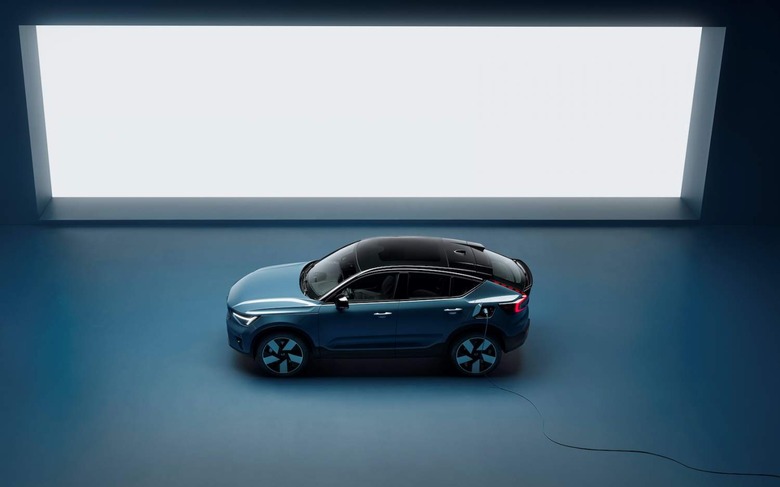
If Volvo can nail that user-experience side, then, there's the possibility that owners and would-be owners will look beyond the on-paper criteria for EV success, like range and maximum charging rate. Volvo's plans for things like helping with Level 2 home charger installation will help there, and the online-only sales – free of frustrating dealer haggling – could be timed just right, given our increasing comfort levels with internet purchases during the pandemic.
"As we see, the only viable solution today for long-term sustainability is pure electric," Green, the Volvo CTO, says. "We fundamentally see that all cars will be purely electric, it's just whether you're at the forefront or the back end of that transformation." Volvo wants to be at the front in EVs, and has the commitments on the roadmap to prove it. As the first XC40 Recharge cars arrive with their new owners in the coming weeks, and the order books eventually open on the C40 Recharge in the months after that, we'll get a better idea as to just how well that transition will work in practice.
